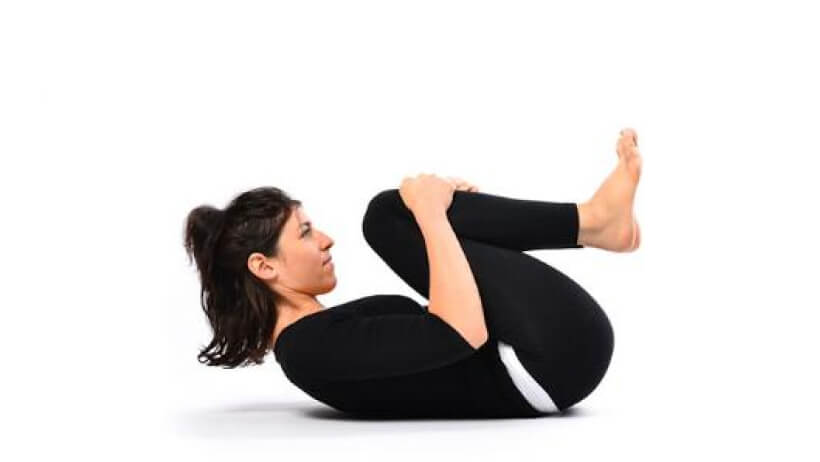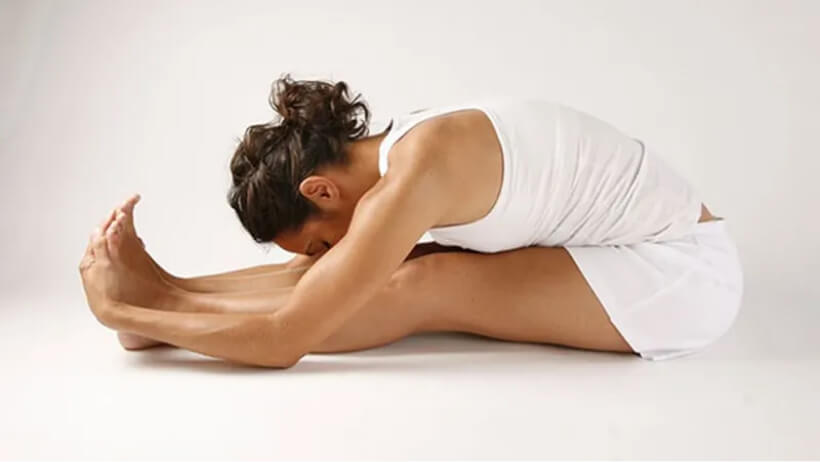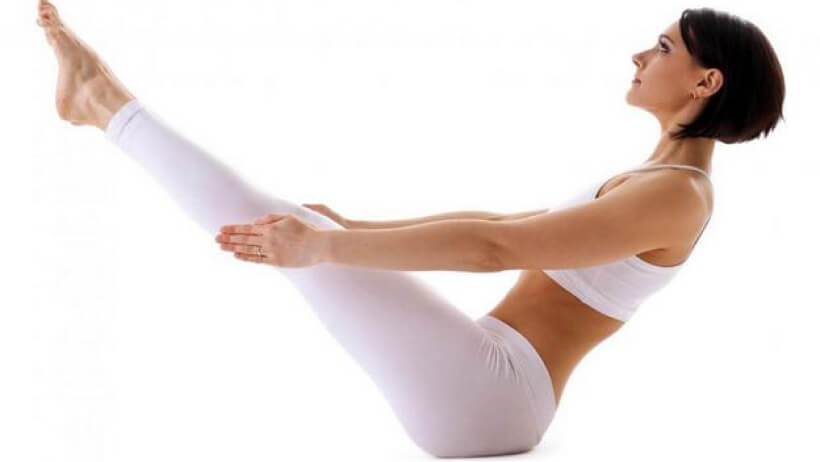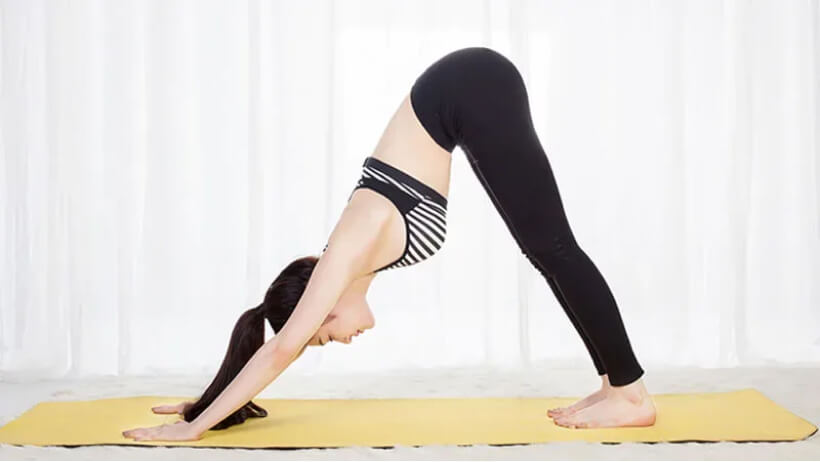Maintaining liver health is an important aspect of overall wellness. While proper nutrition, limiting alcohol consumption, and regular exercise form the foundation of liver care, many people are exploring complementary practices like yoga as part of their wellness routine.
Important Note: This article is for educational purposes only and should not replace professional medical advice. Always consult with a healthcare provider before starting any new exercise routine, especially if you have existing health conditions.
According to the U.S. National Library of Medicine, liver-related conditions are a significant global health concern, accounting for approximately two million deaths annually—including complications from cirrhosis and liver cancer.
To promote awareness about liver wellness, here are five gentle yoga poses that practitioners often incorporate into their wellness routines:
5 Yoga Poses That Support Liver Health: A Gentle Wellness Approach
Maintaining liver health is an important aspect of overall wellness. While proper nutrition, limiting alcohol consumption, and regular exercise form the foundation of liver care, many people are exploring complementary practices like yoga as part of their wellness routine.
Important Note: This article is for educational purposes only and should not replace professional medical advice. Always consult with a healthcare provider before starting any new exercise routine, especially if you have existing health conditions.
According to the U.S. National Library of Medicine, liver-related conditions are a significant global health concern, accounting for approximately two million deaths annually—including complications from cirrhosis and liver cancer.
To promote awareness about liver wellness, here are five gentle yoga poses that practitioners often incorporate into their wellness routines:
Understanding Yoga’s Role in Wellness
Many yoga practitioners and wellness enthusiasts believe that certain poses may complement a healthy lifestyle by supporting the body’s natural processes. While scientific research on yoga’s specific effects on liver function is still developing, yoga is widely recognized for its potential benefits to overall circulation, stress reduction, and general well-being.
Some yoga traditions suggest that gentle movements and breathing exercises may help with relaxation and general body awareness, which can be valuable components of a holistic wellness approach.
5 Yoga Poses Often Practiced for Overall Wellness
1. Frog Pose (Mandukasana)
How to Practice:
- Begin in a kneeling position (Vajrasana), sitting back on your heels with knees together
- Make gentle fists and place them at your sides near your abdomen
- Take a deep breath in, then exhale as you lean forward, bringing your head toward the floor
- Hold comfortably for 10 seconds, then inhale as you return to starting position
Practice Notes: This pose is often included in sequences focused on core awareness and gentle abdominal engagement.

2. Wind-Relieving Pose (Pawanmuktasana)
How to Practice:
- Lie comfortably on your back and exhale completely
- Bend your knees and draw them toward your chest, wrapping your arms around your shins
- Gently lift your head off the floor and hold for 10-20 seconds
- Inhale and slowly relax back down
Practice Notes: This pose is traditionally practiced for digestive comfort and relaxation.

3. Seated Forward Bend (Paschimottanasana)
How to Practice:
- Sit upright with legs extended straight in front of you
- Inhale and raise your arms out to the sides at shoulder height, then lift them overhead near your ears
- Lengthen through your spine as you reach upward
- Exhale and fold forward from your hips, aiming to bring your forehead toward your knees (only go as far as comfortable)
- Hold for up to one minute with steady breathing, then slowly return to upright
Practice Notes: This is a classic pose for promoting flexibility and mindful breathing.

4. Boat Pose (Navasana)
How to Practice:
- Lie flat on your back with arms at your sides and legs together
- Inhale, then as you exhale, lift your upper body while bending your knees
- Extend your arms toward your feet
- Gradually straighten your legs if comfortable, balancing on your sitting bones
- Try to align your toes, eyes, and fingers in one line
- Breathe steadily and hold for 10 seconds, then exhale and gently release
Practice Notes: This pose engages the core muscles and promotes balance and concentration.

5. Downward-Facing Dog (Adho Mukha Svanasana)
How to Practice:
- Start kneeling, sitting back on your heels with arms extended forward and palms on the floor
- As you exhale, lift your hips up and back, pushing your heels toward the ground to form an inverted “V” shape
- Keep your hands and feet firmly planted
- Hold for 30 seconds while breathing normally, then slowly return to sitting on your heels
Practice Notes: This is one of yoga’s most recognizable poses, often practiced for overall body strengthening and energy.

Creating a Consistent Practice
For those interested in exploring yoga as part of their wellness routine, consistency tends to be more beneficial than intensity. Consider these general wellness tips:
- Start Gradually: Begin with shorter sessions and build up slowly
- Listen to Your Body: Never force poses or ignore discomfort
- Combine with Healthy Habits: Yoga works best as part of an overall healthy lifestyle
- Stay Hydrated: Drink plenty of water throughout the day
- Maintain Balance: Include a variety of activities in your wellness routine
Supporting Overall Wellness
While practicing yoga poses, remember that liver health is best supported through comprehensive lifestyle choices including:
- Eating a balanced, nutrient-rich diet
- Staying adequately hydrated
- Getting regular physical activity
- Managing stress levels
- Limiting alcohol consumption
- Avoiding tobacco products
- Getting adequate sleep
- Following medical advice from healthcare professionals
Conclusion
These yoga poses that support liver health can be valuable additions to a well-rounded wellness routine. While yoga should never replace medical treatment or professional health advice, many people find that gentle movement practices contribute positively to their overall sense of well-being.
Remember to approach any new exercise routine mindfully and consult with healthcare providers about what practices might be most appropriate for your individual health needs and goals.
Disclaimer: This content is for educational and informational purposes only. It is not intended as medical advice and should not be used to diagnose, treat, cure, or prevent any health condition. Always consult with qualified healthcare professionals before making changes to your health routine.






